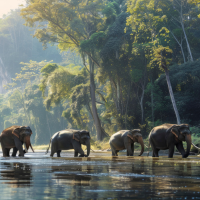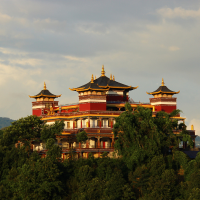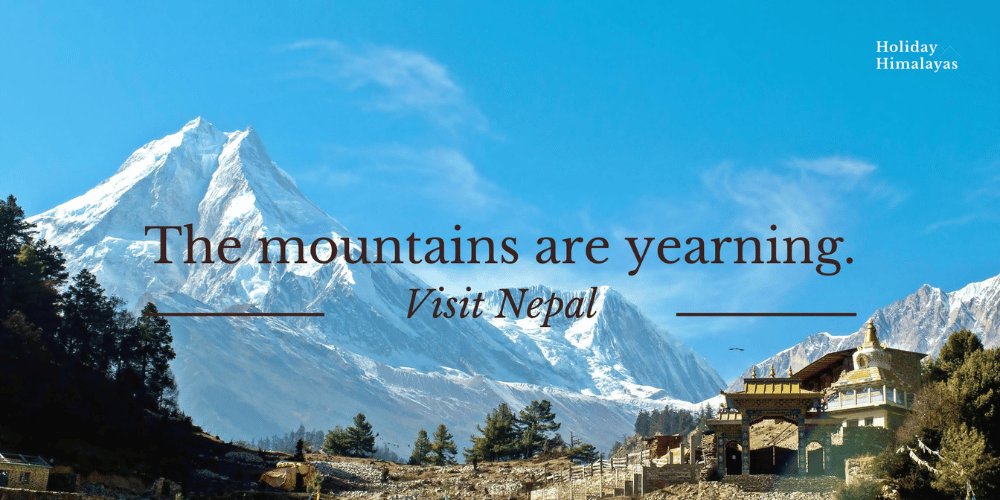Day 02 : Kathmandu Sightseeing
After breakfast full day sightseeing of Pashupatinath Temple, Pashupatinath Temple, with its astonishing architectural beauty, stands as a symbol of faith, religion, culture and tradition. The richly-ornamented pagoda houses the sacred linga or phallic symbol of Lord Shiva. Thousands of pilgrims from all over the world come to pay homage to this temple that is also known as ‘The Temple of Living Beings’.
Boudhanath Stupa (or Bodnath Stupa) is the largest stupa in Nepal and the holiest Tibetan Buddhist temple outside Tibet.From above, Bodnath Stupa looks like a giant mandala, or diagram of the Buddhist cosmos. And as in all Tibetan mandalas, four of the Dhyani Buddhas mark the cardinal points, with the fifth, Vairocana, enshrined in the center (in the white hemisphere of the stupa). The five Buddhas also personify the five elements (earth, water, fire, air and ether), which are represented in the stupa’s architecture.
Patan, the oldest of all the three cities of Kathmandu valley. It is probably one of the oldest Buddhist City in the world. The city is situated on a plateau across Bagmati River. Another name of Patan, is Lalitpur. The city is surrounded by 4Stupas at 4 corners of Patan, one at each corner of its cardinal points. About the beauty of Patan, a western lady writer has to say this – “Patan means eternity itself and Patan Durbar Square is the spectacular sight of Asia indeed”.
Swayambhunath – Perched atop a hill on the western edge of the Kathmandu Valley, the ancient Swayambunath Stupa (known to tourists as the Monkey Temple) is Kathmandu most important Buddhist shrine. The sleepy, all-seeing Buddha eyes that stare out from the top have become the quintessential symbol of Nepal.
Overnight: Kathmandu

















